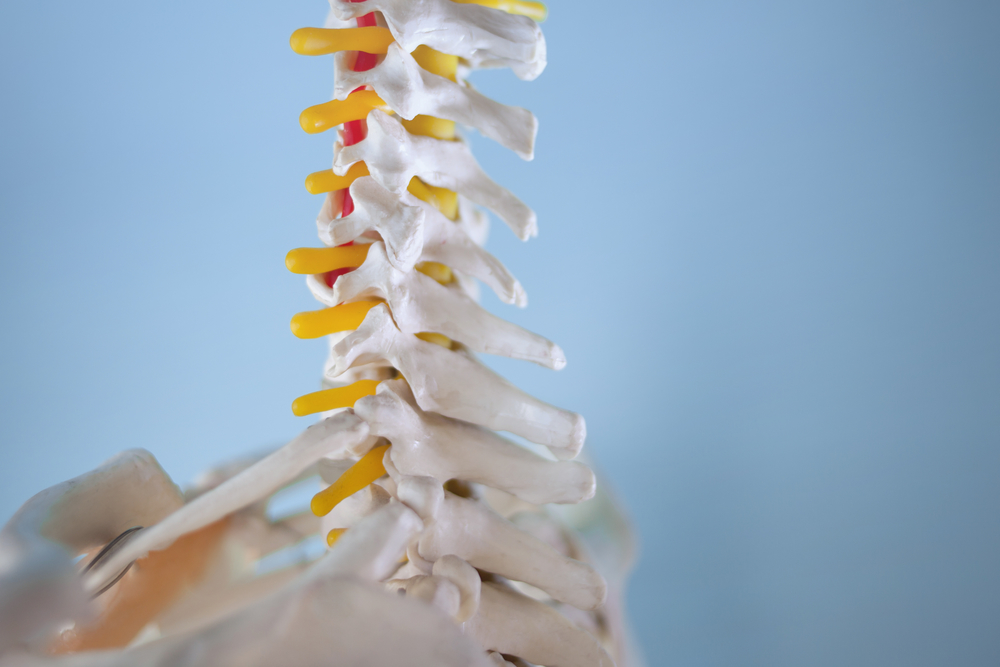Teenager can walk again thanks to Dutch 3D printed spinal implant


A 16-year-old boy and a woman in her 60s are able to walk and move freely thanks to a 3D printed implant developed by Utrecht’s UMC teaching hospital.
The treatment, which involves a made-to-measure titanium implant developed by a team of engineers, surgeons and scientists, was the subject of a paper in the prestigious medical journal The Lancet earlier this week.
‘We now have a blueprint for other hospitals who want to offer the treatment,’ physician and 3D print expert Koen Willemsen said.
For Rick Duwel, who has neurofibromatosis which causes his spine to become unstable, the operation was an intervention of last resort. His spine collapsed and the implant was the only way complete paralysis could be avoided in the long run.
‘What we came up with was a 3D printed titanium spine support which was tested extensively. We also had to find out about the rules and regulations surrounding these implants. The whole process took six months,’ Willemsen said.
Legal obstacles often stop hospitals from using the technique, but now that most of the problems have been tackled and a blueprint has been developed it could become more common, said Willemsen.
At the moment the treatment is geared to people with rare diseases such as neurofibromatosis and the very rare vanishing bone disease which the woman is suffering from. However, Willemsen does not rule out that in future 3D printed implants will become the option of choice for a great range of diseases.
Duwel said he is proud to be the first person to be fitted with a 3D printed titanium implant, although he told the Volkskrant, ‘Somersaults are out of the question.’
Thank you for donating to DutchNews.nl.
We could not provide the Dutch News service, and keep it free of charge, without the generous support of our readers. Your donations allow us to report on issues you tell us matter, and provide you with a summary of the most important Dutch news each day.
Make a donation